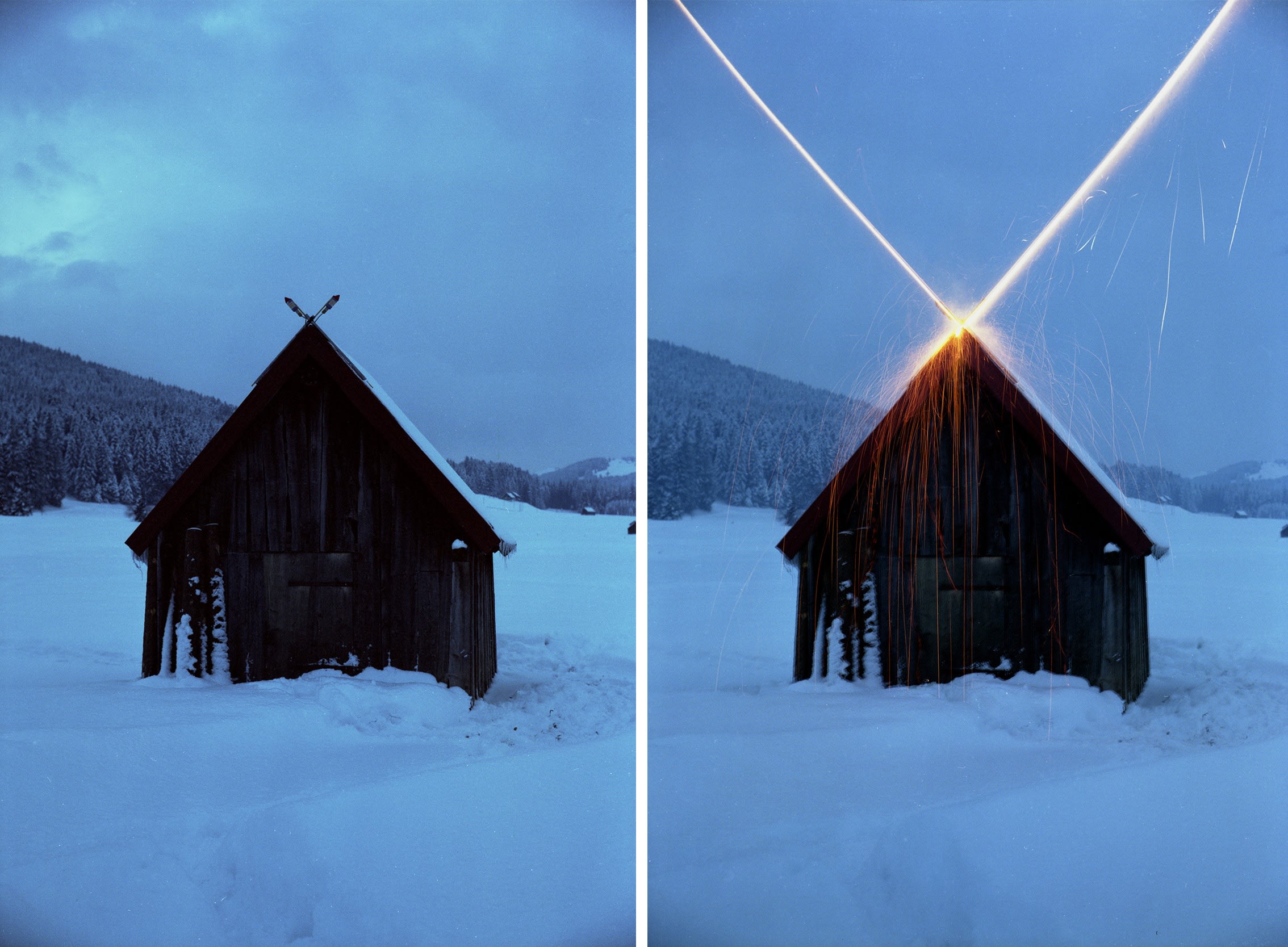This is the second solo exhibition with the gallery. The first, in 2004, was considered one of the key exhibitions of the Contact Festival of Photography that year. Burman’s work has been acquired by the Canadian Museum of Contemporary Photography (Ottawa), the Holocaust Memorial Museum, the Museum of History of Polish Jews – Warsaw, the University of Cordoba – Argentina and numerous private collections. In 2004 the Justina Barnicke Gallery of the University of Toronto mounted a solo show while another entitled “The Afterlife” was organized in 2002 for the Palace of Culture, Warsaw. Jack Burman has a Ph.D from York University and lives in Toronto.
Since the early 1990’s Jack Burman has steadily built up a photographic practice around extremes of bodily experience. He goes to protracted lengths to obtain the necessary permission to make photographs of what he finds in anatomy labs, pathology departments, medical museums, private ethnographic collections and certain churches. This exhibition will include new large photographs of human remains as well as two images of baroque church altars, one of the Asamkirche in Bavaria and one of the Iglesia de San Francisco Javier in Tepotzotlán, Mexico.
With his calm, unmanipulated technique – Burman travels only with a large-format film camera and a backdrop – his photographs of human remains are completely at odds with the current vogue for sensationalizing the deceased body through ‘artistic’ dissection or via an injected, digital narrative. The subjects of his images also range widely across time, from a pre-Christian Egyptian mummy still shrouded in linen to 19th century vitrines of various anatomical specimens to a modern-era severed forearm and hand (which brings to mind Jeff Wall’s “Adrian Walker, artist, drawing from a specimen in a laboratory in the Department of Anatomy at the University of British Columbia, Vancouver 1992”). The National Post has compared Burman’s images of anatomy specimens to a “…Chardin still-life, each body part silhouetted against a black backdrop and soaked in a velvety, atmospheric light…”. Burman’s photographs of the corporeal afterlife invite us to speculate on the body at and beyond its spatial and temporal limits.
Two images of baroque altars complete the exhibition. Burman writes that “the two altars in the show are, in essence(s), Royal Authority, with Royalty shared out among actual Kings – Bavarian or Spanish – and, ostensibly, Christ the King/Saint Francis/Mother Mary. The Asamkirche is in Bavarian Munich, the birthing place of the Nazis, while the Iglesia de San Francisco (the saint of poverty) is near Tenochtitlan/Mexico City, the seat of Spanish Vice-regal genocide.” For Burman “the altar is Royalty + Worshippers joined as The World. As All….dressed in The Veil of Order (with its complex symmetries, studied colour gradations, iterations of scriptural narrative, assembled by committee).” If these sites of writhing form are seen as All then the images of the dead become their counterpoint where “Rodenstock optics, in large format, render out each pore of not-Allness, just this body, this One.” Formally, however, one finds a connection: Burman has written that “the bodies and parts of bodies on steel worktables or in museum jars are present in a baroque amplitude, measured in pores, strands of hair, flakes of corroded skin, increments of pure tone…..[while the] altars, in Bavaria and Vice-regal Mexico, overreaching in physical amplitude, are measured in a young crucified body, or richly draped saint, or dark-haired Madonna bonded each to the rest by gilded woods and pure tone, applied by hand.” In presenting photographs of altars and of the dead, issues of transience, mortality, the aims of science, the architectural power and hegemonic reach of religion, the spectacle of desire, the spiritual versus the political all come to the fore.

